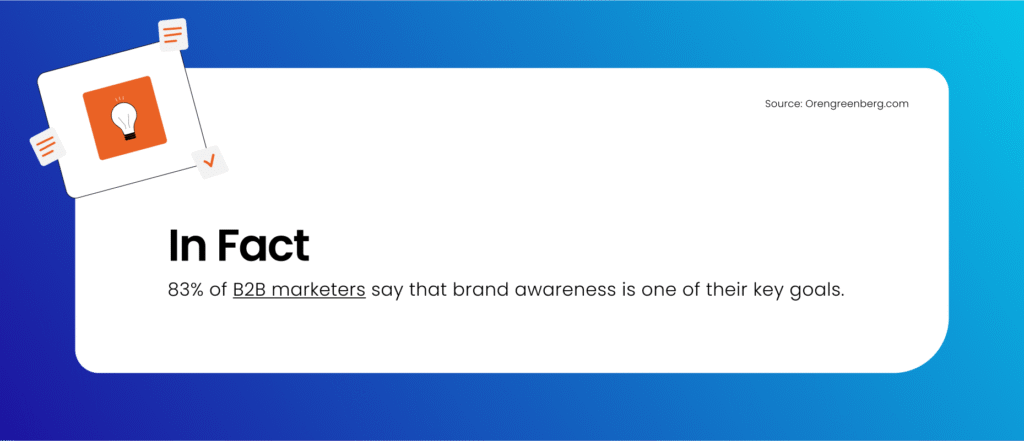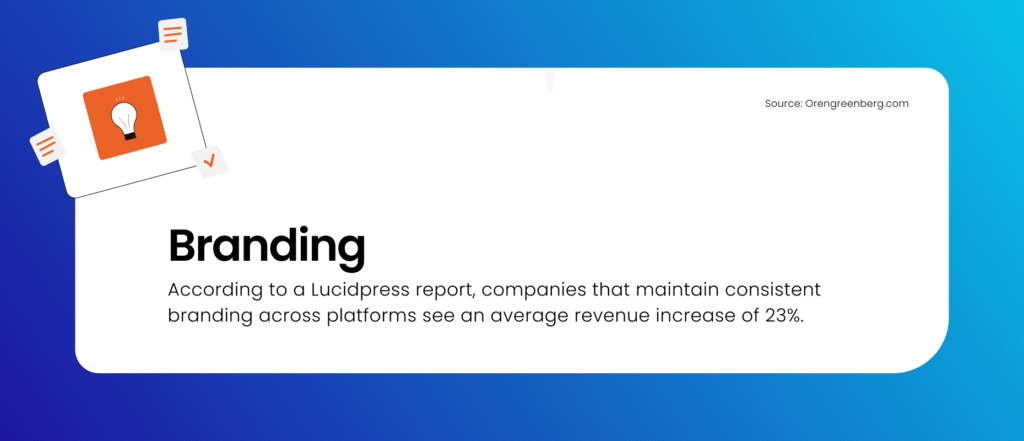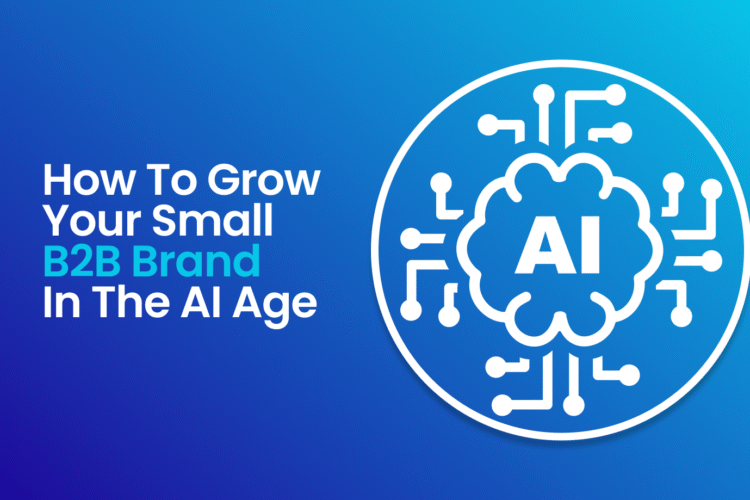
I was reading a recent LinkedIn Marketing blog titled “The Brand’s Hidden Hand in B2B Success”.
One particular phrase caught my attention: “Collective Confidence.”
The term might sound abstract, but when you break down the anatomy of a B2B sale, it starts to make perfect sense.
Unlike B2C transactions, which usually involve one person making a snap decision with a credit card, B2B purchases are deliberate, drawn out, and group-driven. Several decision-makers — from procurement heads to technical evaluators — must come together and agree that your product or service is the right solution.
That shared conviction?
That’s collective confidence.
And in 2025, building that collective confidence doesn’t happen through cold emails or hard sells alone.
It’s built slowly, strategically — and above all, consistently — through branding.

Branding in B2B: From Afterthought to Revenue Engine
There was a time when B2B marketers treated branding like the frosting on a cake — nice to have, but not essential.
That mindset no longer works.
In today’s hyper-saturated market, your brand is your biggest differentiator.
Not your price.
Not even your product.
It’s how your company is remembered, perceived, and trusted across every touchpoint.
And it all comes down to one thing: Consistency.
Consistent branding doesn’t just mean slapping your logo on everything. It means maintaining a unified tone of voice, visual identity, messaging strategy, and value promise across every customer interaction — from your blog to your LinkedIn posts to your sales decks.
When you show up consistently, you build familiarity.
And familiarity breeds trust.
The Rise of Organic, Educational, and Informative Content in B2B Branding
Let’s address a big shift in B2B marketing: your buyers don’t want to be sold to — they want to be taught, helped, and empowered.
According to Gartner, 83% of a B2B buying decision happens before a potential buyer even talks to a sales rep. So if your brand only shows up during the final pitch, you’re already too late.
Instead, leading B2B brands in 2025 are investing in organic, non-salesy content to build trust early via:
1. Blogging
Informative, SEO-driven blog content that answers real questions your target audience is typing into Google.
Think: how-to guides, industry trends, frameworks, benchmarking tips, product comparisons — without the sales pitch.
2. Social Media Marketing (LinkedIn & Twitter/X)
LinkedIn remains the undisputed king of B2B networking, while Twitter (now X) continues to be a haven for real-time industry conversations.
Smart brands use these platforms to:
- Share bite-sized insights from larger content pieces
- Showcase thought leadership
- Post behind-the-scenes brand stories
- Engage in actual conversations with their audience
3. Videos & Visual Content
Short-form videos, explainer animations, case study clips, and webinars cut through the noise and make complex B2B solutions relatable.
Better yet, platforms like LinkedIn, Twitter, and even YouTube Shorts reward this content with reach — if it’s valuable and on-brand.
This shift isn’t just tactical — it’s psychological.
The more your brand teaches, the more trustworthy and top-of-mind it becomes when it’s time to buy.
Not sure what content to post next? Why not repurpose the older ones?
Read: “How to Repurpose Content on Social Media”
How Consistent Branding Increases The ‘Recall’ Value
In marketing psychology, there’s a principle known as “mere exposure effect.” It states that people tend to develop a preference for things merely because they are familiar with them.
Each time your brand shows up in a prospect’s feed — in a recognizable tone, color scheme, or voice — you increase your cognitive footprint.
You become easier to recall, easier to trust, and easier to recommend internally.
This is especially critical in B2B, where buying decisions are rarely made on impulse.
Let’s connect this with another psychological concept:
Processing fluency — the ease with which information is processed — directly influences the likelihood of someone choosing your brand over a competitor.
When your brand looks and feels the same across multiple channels, buyers process your message faster, which builds credibility.
So when your sales team finally sends that pitch deck or demo invite, the stakeholders don’t think,
“Who is this company again? Is it even trustworthy?”
They think,
“Oh right, the brand that published those helpful LinkedIn posts and that blog we bookmarked last week.”
That’s recall.
That’s influence.
That’s conversion-ready branding.

The Compounding Power of Brand Consistency
Branding isn’t just for awareness — it’s for acceleration.
When done right, your brand does a large part of the trust-building before sales even steps in. It:
- Speeds up deal cycles
- Improves lead quality
- Reduces price objections
- Lowers customer churn
- And strengthens internal team alignment
It’s a growth engine, not a soft metric.
Final Thoughts
2025 is not the year to leave your branding to chance.
Not when B2B buyers are swamped with options, information, and vendor noise.
If your brand isn’t showing up consistently — through content, visuals, and messaging — you’re not just blending in.
You’re being forgotten.
So build trust.
Be generous with insights.
Show up with clarity.
And let your brand echo across every stage of the B2B journey.
Because collective confidence isn’t sparked by a cold call.
It’s built through branding that stays true — again and again.


